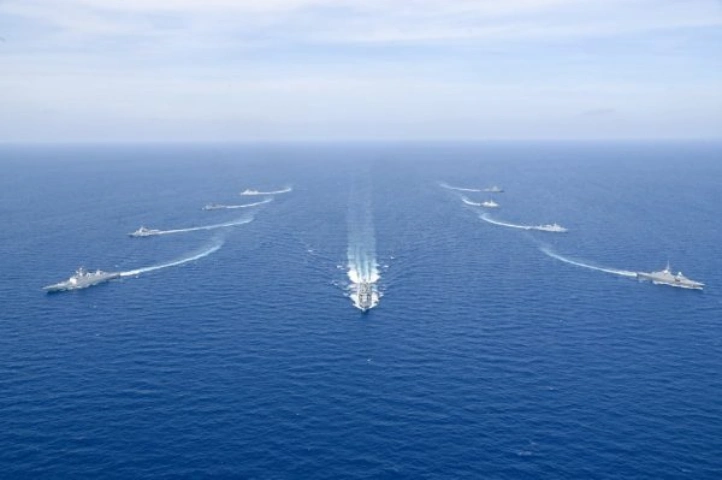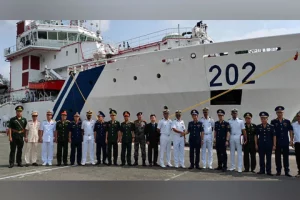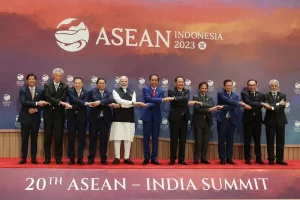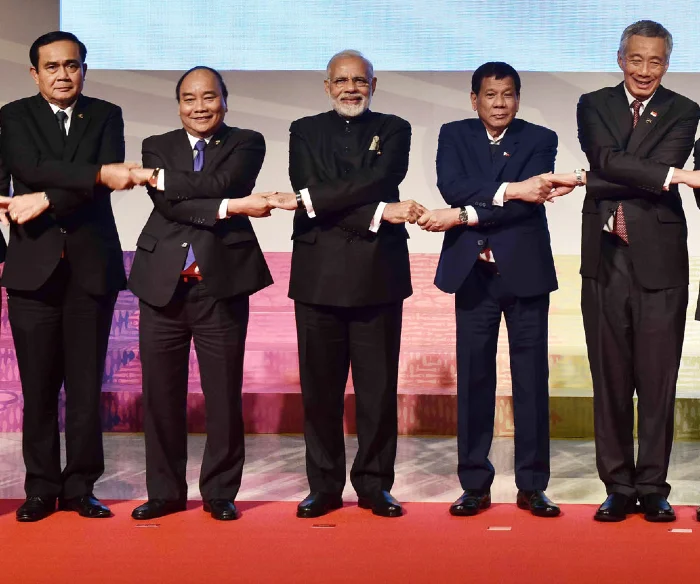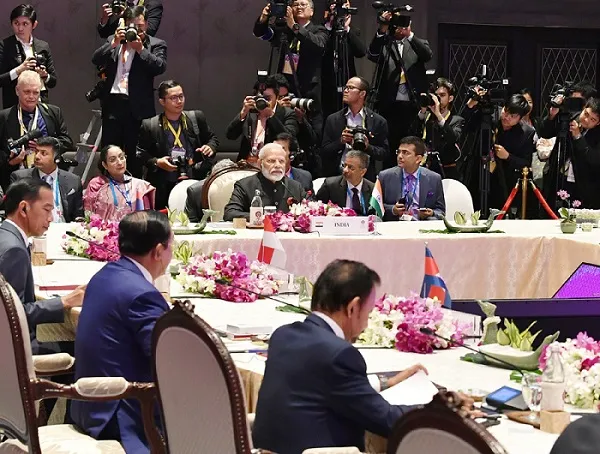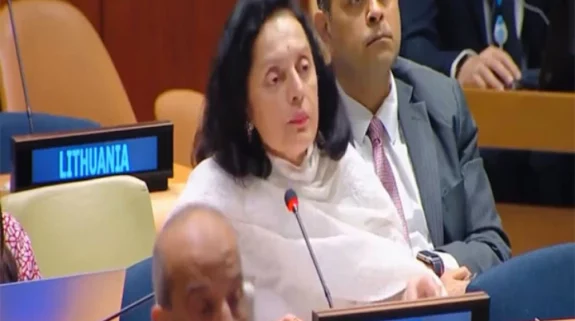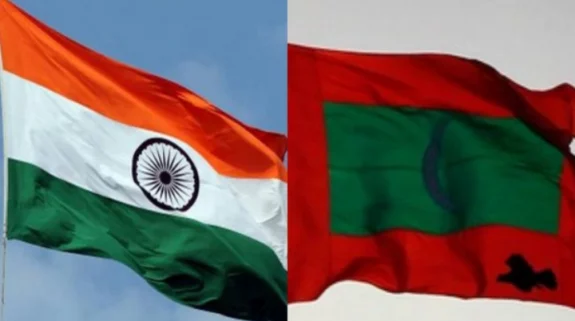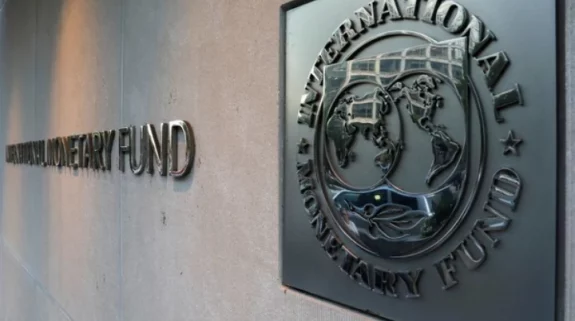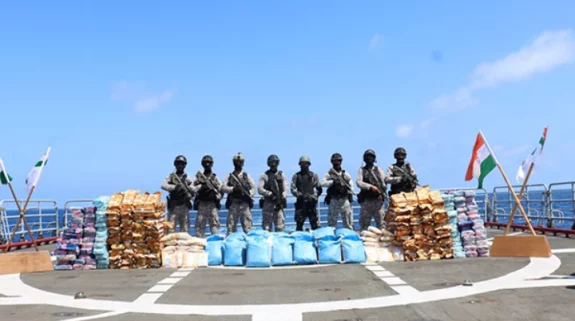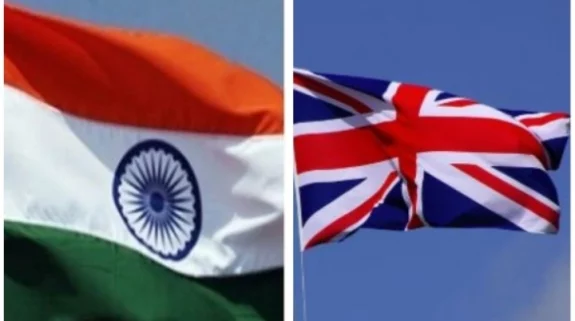Southeast Asia is at the heart of the Indo-Pacific region. ASEAN-centrality is the accepted principle of Indo-Pacific strategies of most countries. The maritime region stretching from the Andaman Sea in the West to South China Sea in the East links the Indian Ocean with the Pacific Ocean and a number of maritime chokepoints lie in this region.
For China, the region is key in venturing out in the Indian Ocean and therefore, it seeks access and facilities in this region as seen in its efforts to modernize the Ream port in Cambodia. Ream is likely to emerge as a de-facto Chinese base in Southeast Asia. However, China is not the only player in the Southeast Asian strategic landscape. Other key powers like India, Japan and the United States (US) are also becoming active in Southeast Asia to regain their pre-eminence.
Chinese-funded construction in the northern compound of Ream Naval Base in Cambodia, in the Gulf of Thailand, is making progress, recent satellite images have shown. As reports began to emerge in 2022 about the deal that will allow China to use the base militarily for 30yrs, both… pic.twitter.com/RsqauTMDko
— Theresa Fallon (@TheresaAFallon) May 12, 2023
As a result, the region is experiencing the strategic contestation between China on the one hand and India, Japan, and the US on the other. India is engaging with Southeast Asian countries in a bilateral as well as regional setting and maritime security is a key focus area for India-Southeast Asia strategic relationship. A spate of recent naval activities by New Delhi indicates the growing maritime footprint of India in the Southeast Asian waters.
LOOK: The U.S. Defense chief said the U.S. is expanding its defense cooperation with ASEAN member states.
Defense Secretary Lloyd Austin and the ASEAN defense chiefs had a meeting on Friday, June 2. (📸: U.S. Defense Sec. Austin) | via Bea Bernardo pic.twitter.com/nqzHJoWYAk
— PTVph (@PTVph) June 3, 2023
The most visible manifestation of India’s growing role in maritime Southeast Asia has been the India-ASEAN maritime Exercises (AIME). They took place in two phases: first, near the strait of Malacca and second, in the South China Sea. Given the maritime disputes between China and five ASEAN countries (Vietnam, Philippines, Brunei, Indonesia, and Malaysia) in the SCS and the Chinese desire to dominate the South China Sea, AIME did not go down well in Beijing. China sent a flotilla of maritime militia through the ships that were participating in the AIME in the South China Sea phase. However, despite the Chinese reactions, to maintain the balance of power in the region and ensure the freedom of navigation and overflight, it is necessary to make exercises like AIME a routine affair.
Besides AIME, in this month, Indian naval warships launched coordinated patrols with Thailand, paid a port visit to Sihanoukville in Cambodia and exercised with the Indonesian navy. Of these three, Thailand and Indonesia are maritime neighbours of India and exercises with both have been aimed to foster interoperability, jointness and mutual cooperation. These countries are located near the geopolitically significant strait of Malacca. It is a lifeline for East Asian economies and China has been worried about the ‘Malacca Dilemma’.
Exercise Samudra Shakti 2023
This is the 4th #India 🇮🇳 #Indonesia 🇮🇩 Bilateral Naval Exercise. Indian Navy will be represented by INS #Kavaratti Corvette along with a HAL #Chetak helicopter & HAL #Do228 Maritime Patrol Aircraft.
Indonesian Navy will be represented by a #Sigma… pic.twitter.com/WOLIBpP6j4
— Indian Aerospace Defence News – IADN (@NewsIADN) May 14, 2023
Even though the co-ordinated patrols between India and Thailand have been going on since 2005, the changing regional strategic scenario increases their importance. Same holds true for India-Indonesia bilateral naval exercises named as ‘Samudra Shakti’ (translation: sea power). These exercises have been taking place since 2018 and signal the growing strategic convergence between India and Indonesia. In 2018, India signed an agreement to develop the port of Sabang in Indonesia near the strait of Malacca and China had reacted to that news with anger and bitterness.
Interestingly, India-Thailand patrol was focused on the Andaman Sea while India-Indonesia exercises took place in the South China Sea. Given the strategic importance of the South China Sea, India had deployed Dornier maritime patrol aircraft as well. The Indian Navy press statement about the India-Indonesia exercises notes that these drills will showcase ‘their shared commitment towards peace and stability in the region’. In this formulation, it is hard to miss the unstated but underlying reference to the Chinese behaviour in the South China Sea and its destabilizing impact on regional security.
Meanwhile, as China enjoys considerable influence in Phnom Penh, it is necessary to engage Cambodia and make efforts to wean it off from the Chinese orbit. The country is reeling under Chinese debt. Cambodia’s foreign debt stands at almost $ 10 billion and of which, it owes 41% to China. Therefore, Phnom Penh is under considerable Chinese influence and has been seen as one of the most pro-China Southeast Asian states. In this context, players like India and the US need to take steps to bring Cambodia out of the Chinese sphere of influence and diversify its strategic partners. The port visit to Sihanoukville by Indian naval warships point in that direction.
@IndiaCoastGuard #PCV SamudraPahredar entered #Sihanoukville #Cambodia today. Ship’s visit is at the aegis of India-ASEAN initiative on Marine Plastic Pollution Response . #ICG & Royal Cambodian Navy will exchange best practices in Marine Environment Protection during stay. pic.twitter.com/Oi4ohRPUAo
— Charan Singh (@charan5471) March 7, 2023
Last year, India sold BrahMos missiles to the Philippines. It was a show of intent on India’s part. Now, with the series of activities, New Delhi is expanding its naval footprint in Southeast Asia. In the evolving strategic rivalries of the Indo-Pacific region, Southeast Asia is playing a key role and China is seeing the challenges rising to its activities. Therefore, expansion of Indian maritime footprint in the region is a necessity to keep the strategic balance in the region. It helps to protect India’s interests as well as increases its influence. In the process, India-Southeast Asia relationship is deepening.
Also Read: India and ASEAN together can define the next phase of globalization – Jaishankar
[Sankalp Gurjar is an Assistant Professor at the Department of Geopolitics and International Relations, Manipal Academy of Higher Education, Udupi, India. He is the author of The Superpowers’ Playground: Djibouti and Geopolitics in the Indo-Pacific in the 21st Century (Routledge: 2023)]






